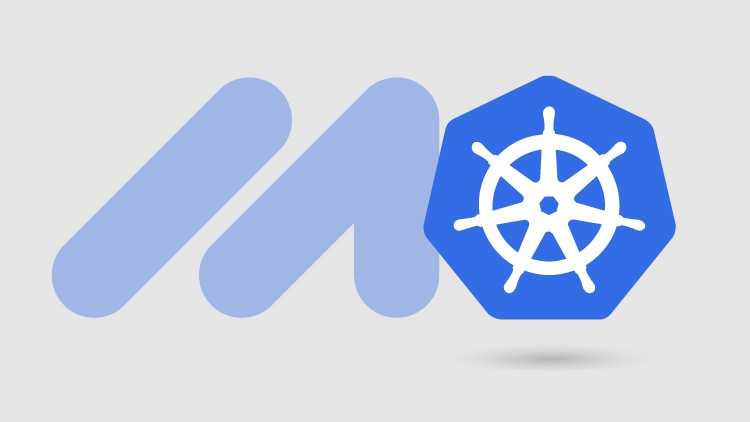
Practice for the Kubernetes Certification with hands-on Questions and Answers
What you will learn
Kubernetes Certification
Develop Cloud First Applications
Create and Schedule Jobs in Kubernetes
Configure Readiness and Liveness Probes in a cluster
Upgrade and Rollback Applications deployed on Kubernetes
Design and Deploy applications on Kubernetes Cluster
Secure Kubernetes cluster with Secrets and Network Policies
Create and Configure Persistent Volumes
Troubleshoot Applications Deployed using Logs
Description
The CKAD Practical Exam Preparation course is designed to equip participants with the necessary knowledge and skills to successfully pass the Certified Kubernetes Application Developer (CKAD) exam. This hands-on course covers various practical exercises and scenarios to familiarize candidates with real-world Kubernetes application deployment, management, and troubleshooting.
This course is hands-on and will be delivered through a combination of lectures, demonstrations, and practical exercises. Participants will have access to a live Kubernetes cluster for performing tasks similar to those encountered in the CKAD exam. The course instructor will guide candidates through various scenarios, providing insights, best practices, and tips for the exam.
This course is ideal for individuals who already possess a foundational knowledge of Kubernetes and have practical experience working with Kubernetes clusters. It is recommended for developers, software engineers, system administrators, and DevOps professionals seeking to enhance their Kubernetes skills and obtain the CKAD certification.
Course Objectives:
- Gain a deep understanding of core Kubernetes concepts and architecture.
- Learn to work with Kubernetes resources, such as Pods, Deployments, Services, ConfigMaps, and Secrets.
- Develop proficiency in using kubectl commands to interact with Kubernetes clusters.
- Master essential application management tasks, including scaling, rolling updates, and rollbacks.
- Understand how to troubleshoot common Kubernetes application issues.
- Practice working with Persistent Volumes (PVs) and Persistent Volume Claims (PVCs).
- Learn to set up and use ConfigMaps and Secrets for application configuration.
- Explore multi-container Pod design patterns and container communication.
- Acquire the skills to schedule and deploy applications to specific nodes.
- Get hands-on experience with security contexts and resource limits for Pods.
- Understand how to create and use Jobs and CronJobs for batch processing.
- Learn about ServiceAccounts and their role in managing access to Kubernetes resources.
- Practice network policies to control communication between Pods.
Content